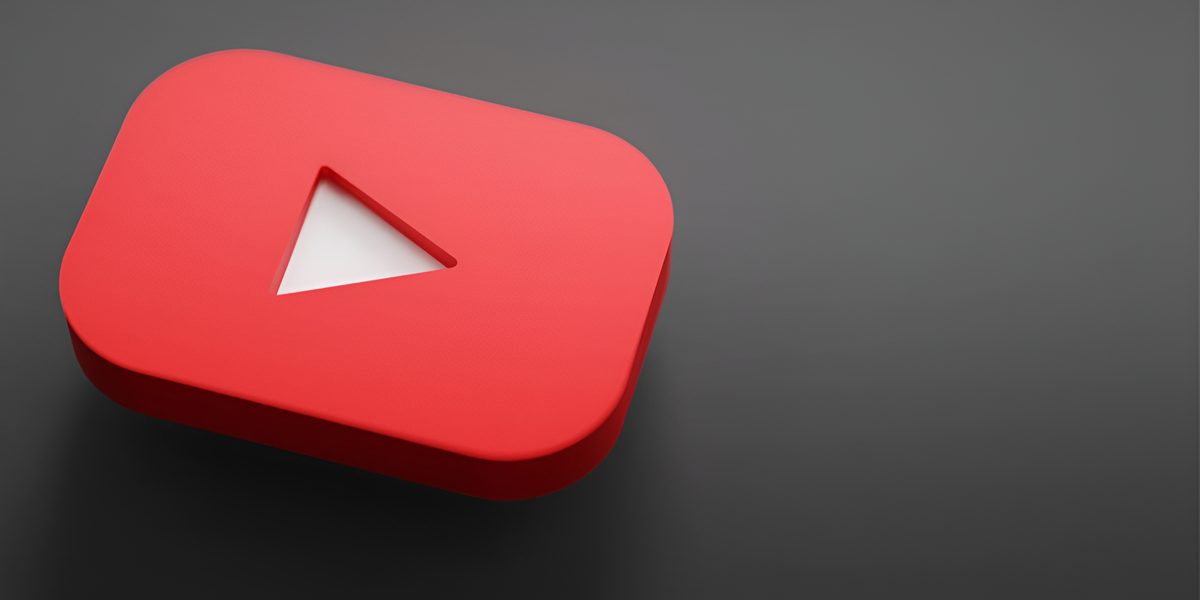April Fool’s Day is equivalent to April Fool’s Day in the United States, a date that has been celebrated across cultures on April 1 of each year for several centuries. But if you haven’t experienced it, you probably have an idea of this particular day from seeing it in movies, TV series or cartoons.
Traditions of this “April Day” include making fun of others and frequently shouting “April Fools!” give an idea of the topic of the joke. And although it is an ancient holiday, the recognition of the day’s jokes by the media and major brands has ensured the holiday’s long life.
Origin of April Fool’s Day
The truth is that the history of this day is shrouded in mystery and there are several theories about it, some of which involve a change in the calendar; others, with the ancient Roman festival, to mention the most popular. Here are some of the reasons experts say.
Some historians suggest that April Fool’s Day dates back to 1582, when France switched from the Julian calendar to the Gregorian calendar, as required by the Council of Trent in 1563. In the Julian, as in the Hindu, the new year began in spring. equinox around April 1st.
Thus, people who were in no hurry to receive the news or did not realize that the beginning of the year had been postponed to January 1, continued to celebrate the New Year in the last week of March until April 1.
For this reason, confused people became the butt of jokes and were called “April Fools.” These pranks consisted of placing paper fish on their backs and calling them “poisson d’avril” (April fish), which supposedly symbolized a young, easily caught fish, i.e. a trusting person.
Historians also associate April Fools’ Day with the Hilarian (“joyful” in Latin) holidays, which were celebrated in ancient Rome at the end of March by followers of the cult of Cybele. People dressed up in them and ridiculed other citizens and judges. Additionally, the festival has been said to be inspired by the Egyptian legend of Isis, Osiris and Set.
On the other hand, there is speculation that April Fool’s Day was associated with the vernal equinox, or the first day of spring in the northern hemisphere, when Mother Nature tricked people with changeable and unpredictable weather.
Massification of April Fools’ Day
On the other hand, April Fool’s Day spread throughout Great Britain in the 18th century. In fact, in Scotland the tradition became a two-day event, starting with a “gook hunt” during which people were sent out on false errands (bark – a word meaning “mad bird”, which symbolized “fool”). And another event that took place was “Tail Day” where people would play ass pranks by putting up fake tails or signs that said “Kick Me.”
As the years passed, people became more creative with pranks, going to great lengths to create elaborate April Fool’s pranks. In fact, newspapers, radio stations, TV shows and websites have also joined the April 1st tradition by telling fictitious scandalous stories to mislead their audiences.
In 1957, the BBC reported that Swiss farmers had harvested a record spaghetti harvest and showed footage of people picking noodles from trees. In 1985, Sports Illustrated writer George Plimpton misled many readers with a fictitious article about a rookie pitcher named Sidd Finch who was capable of throwing a fastball over 168 mph.
In 1992, National Public Radio aired an ad in which former President Richard Nixon said he would run for president again… but it was the actor, not Nixon, and the segment was actually an April Fool’s joke that went viral across the country thanks surprise.
Four years later, fast food chain Taco Bell deceived people by announcing that it would buy Philadelphia’s Liberty Bell with the intention of changing the name to Taco Liberty Bell. And in 1998, Burger King announced the “Left-Handed Whopper” … many customers asked for a fake sandwich.
Even tech giant Google throws an annual April Fool’s prank, and it can involve anything from “telepathic searching” to the chance to play games. Pacman on Google Maps.
Either way, there are always people who keep the playful spirit alive every April 1st, whether it’s an elaborate prank, something classic like swapping sugar for salt, or a more harmless prank like telling fake news to loved ones.
Source: Digital Trends
I am Garth Carter and I work at Gadget Onus. I have specialized in writing for the Hot News section, focusing on topics that are trending and highly relevant to readers. My passion is to present news stories accurately, in an engaging manner that captures the attention of my audience.











